Understanding Oxy Gas Welding Kits
What is an Oxy Gas Welding Kit?
An oxy gas welding kit is an essential tool in metalworking that utilizes a combination of oxygen and acetylene gases to produce a high-temperature flame for welding, cutting, and brazing metals. These kits are designed to provide everything you need for volume metal fabrication or simple DIY projects, making them suitable for both professional welders and hobbyists alike. The oxy-acetylene process has been a cornerstone of welding technology since it was developed in the 19th century, known for its versatility and effectiveness in a wide range of applications.
Key Components of Oxy Gas Welding Kits
An oxy gas welding kit typically consists of several key components, each playing an essential role in the welding process:
- Welding Torch: The torch is the primary device used to mix oxygen and acetylene before igniting them to produce a flame. It features adjustable valves to control the fuel flow, enabling the welder to create different flame types.
- Gas Cylinders: The kit includes individual tanks for oxygen and acetylene, which need to be stored and handled with care. The size and type of cylinders can vary based on the intended use of the kit.
- Regulators: Regulators regulate the gas flow from the cylinders to the torch. Proper regulation ensures a consistent flow of gases, critical for achieving the desired flame characteristics.
- Hoses: Flexible hoses connect the regulators to the torch. These hoses must be durable and rated for high pressure to withstand the demands of the welding process.
- Welding Goggles: Safety goggles with appropriate shading are necessary to protect the welder’s eyes from the bright flame and harmful UV radiation generated during welding.
- Cutting Attachments: Some kits include cutting attachments and other specialized nozzles to extend the kit’s functionality to cutting and brazing tasks.
How Oxy Gas Welding Works
The principle behind oxy-acetylene welding lies in the combustion of acetylene in the presence of pure oxygen. When ignited, the mixture creates an extremely hot flame—up to 3,500 degrees Celsius—which is capable of melting most metals, including steel and aluminum. The welder can control the flame’s characteristics using the valves on the torch, allowing for different welding styles and techniques. The key to effective welding is understanding the relationship between heat, the distance of the torch from the workpiece, and the angle of approach, enabling welders to achieve strong and clean joins.
Benefits of Using Oxy Gas Welding Kits
Versatility in Metalworking Applications
Oxy gas welding kits are incredibly versatile, suitable for a variety of tasks beyond mere welding and cutting. They can be used for brazing, heating, chipping, and even metal sculpture creation. This broad spectrum of applications makes them indispensable in automotive repair, plumbing, HVAC installation, and metal arts. Welders can choose from different nozzles to modify the flame’s size and shape, allowing for both intricate detail work and large-scale applications.
Cost-Effectiveness of Oxy Gas Welding
For those starting in welding or those whose work doesn’t warrant the high costs of more advanced welding technologies (like TIG or MIG welding), oxy gas welding offers an economical alternative. The initial investment in an oxy gas welding kit is generally lower than that of electric-based systems, and its low-cost fuel sources (oxygen and acetylene) make it an appealing choice. Furthermore, the longevity of a well-maintained kit can result in lower operational costs over time.
Ease of Use for Beginners
One of the most significant advantages of oxy gas welding is its accessibility for newcomers. The learning curve associated with using an oxy-acetylene torch is relatively gentle compared to other welding processes. With basic training and practice, beginners can quickly learn to perform welding tasks successfully, making it an ideal entry point into the world of metalworking.
Choosing the Right Oxy Gas Welding Kit
Factors to Consider When Buying
When choosing an oxy gas welding kit, several factors should be taken into account to select the best fit for your needs:
- Project Requirements: Consider the types of projects you’ll be undertaking. For light repairs, a smaller, portable kit may suffice, whereas larger fabrication tasks might require more robust equipment.
- Regulator Type: Choose a kit that includes high-quality regulators capable of maintaining steady gas flow to ensure consistent performance.
- Safety Features: Look for kits equipped with essential safety features, such as flame arrestors and pressure relief devices, to mitigate risks while working.
- Ease of Equipment Availability: Ensure that replacement parts, such as hoses and regulators, are readily available, as regular maintenance can extend the lifespan of the kit.
- Brand Reputation: Opt for a reputable brand with positive reviews from users, ensuring quality and support in case of issues.
Reviews and Comparisons of Popular Brands
Popular brands like Harris, Victor, and Unimig have long been known for their reliability and performance in the oxy gas welding market. Each brand offers various models tailored to different user needs, from basics for homeowners to advanced systems for professionals. For example, the Unimig oxy gas welding kit is praised for its comprehensive equipment and ease of use, making it a favorite among beginners.
Common Mistakes to Avoid
When investing in an oxy gas welding kit, avoid these common pitfalls:
- Underestimating Training Needs: Beginners may be eager to start immediately; however, taking the time for proper training can save considerable time and resources in the long run.
- Poor Equipment Maintenance: Neglecting equipment service can lead to failures at critical moments. Regular checks and maintenance of hoses and regulators are vital.
- Ignoring Safety Precautions: Not following safety protocols can result in injuries. Always wear appropriate protective gear and work in well-ventilated spaces.
Maintenance Tips for Your Oxy Gas Welding Kit
Regular Cleaning Practices
Maintaining your oxy gas welding kit is essential for ensuring its longevity and performance. Regular cleaning of the torch tip, hoses, and regulators will prevent clogs and other issues from developing. It is recommended to use a stiff brush to clean the tip after use and ensure that all components are free from contaminants.
Safety Checks and Equipment Care
Conduct routine safety checks to verify that all components of your welding kit are functioning correctly. This includes inspecting hoses for leaks or cracks, checking regulatory connections, and ensuring that cylinders are secured and free from rust or physical damage. Regular inspections ensure you catch potential problems before they lead to major issues.
Extending the Lifespan of Your Kit
To ensure you get the most out of your oxy gas welding kit, always follow manufacturer guidelines for storage and handling. Store gases in a well-ventilated area away from flammable materials and ensure that your torch and its components are safely stored when not in use. Additionally, consider keeping a detailed log of maintenance and usage patterns to help identify any recurring issues.
Advanced Techniques in Oxy Gas Welding
Expert Tips for Efficient Welding
To elevate your welding skills, consider these expert tips:
- Control Your Heat: Learn to adjust your flame to suit the thickness of the materials you’re working with. Thinner materials require less heat while thicker materials will need a hotter flame.
- Practice in Controlled Environments: Set aside time to practice techniques on scrap materials before starting a new project. This ensures you are comfortable and familiar with the equipment.
- Advanced Flame Techniques: As you become more experienced, explore different flame types (neutral, carburizing, oxidizing) and their applications. Understanding how each affects metal behavior is crucial for achieving optimal results.
Integrating Oxy Gas Welding with Other Methods
Oxy gas welding can be effectively combined with other welding techniques such as MIG or TIG welding for specific applications. For instance, using oxy gas welding to prepare edges before conducting a MIG weld can produce cleaner finishes. Furthermore, the combination of these methods can enhance metallurgical properties and yield stronger joints in complex metal assemblies.
Future Trends in Oxy Gas Welding Technology
The welding industry is witnessing continuous advancements in technology, and oxy gas welding is no exception. Innovations such as digital regulators and smart welding equipment that incorporate sensors are expected to enhance safety and precision. Future oxy gas welding kits may incorporate integrated systems for real-time monitoring of gas flow and environmental conditions, improving user experience and output quality.
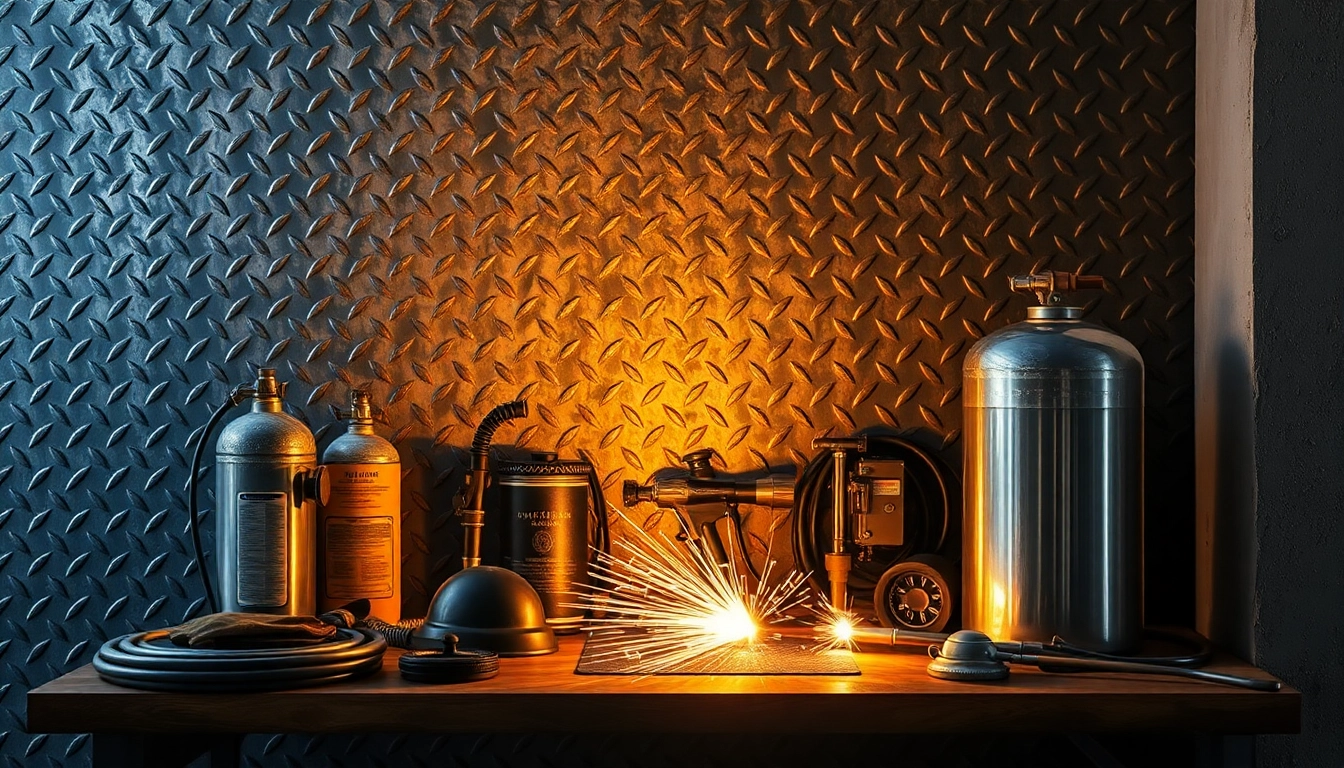






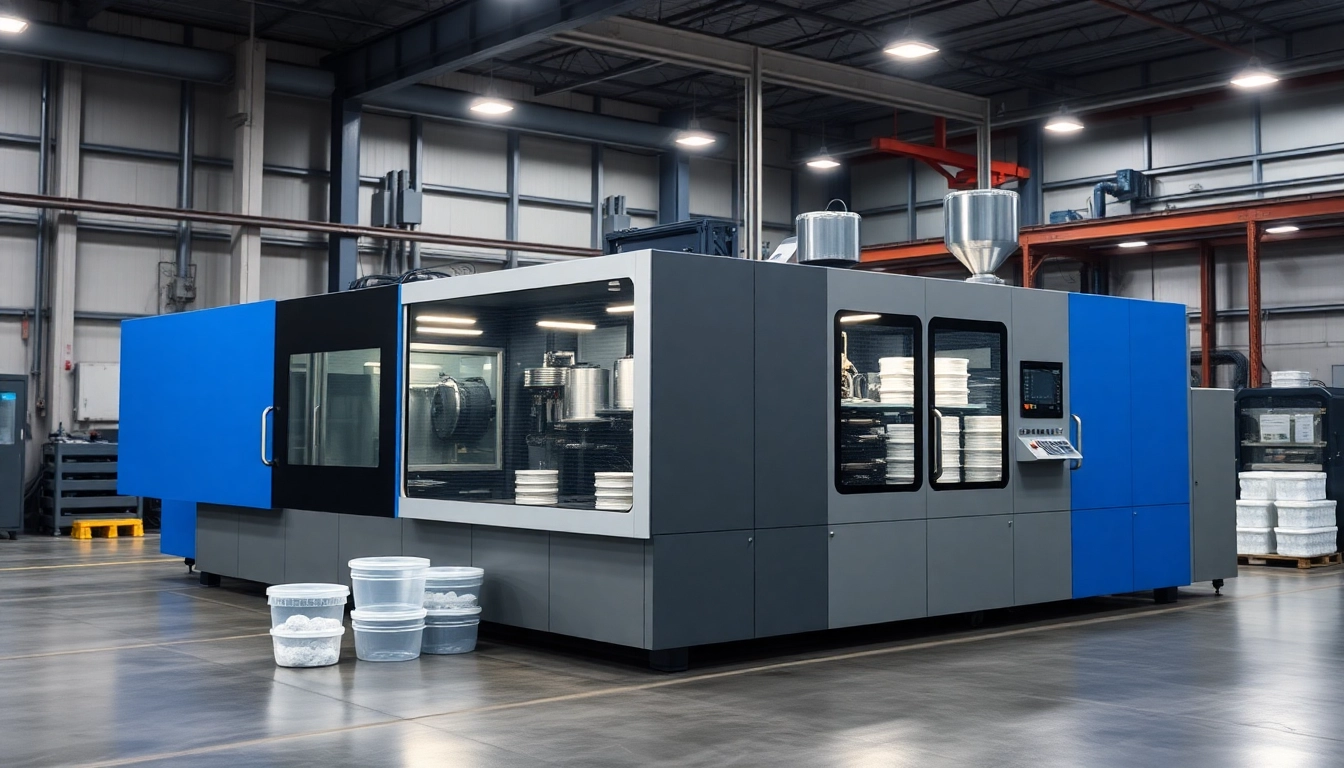
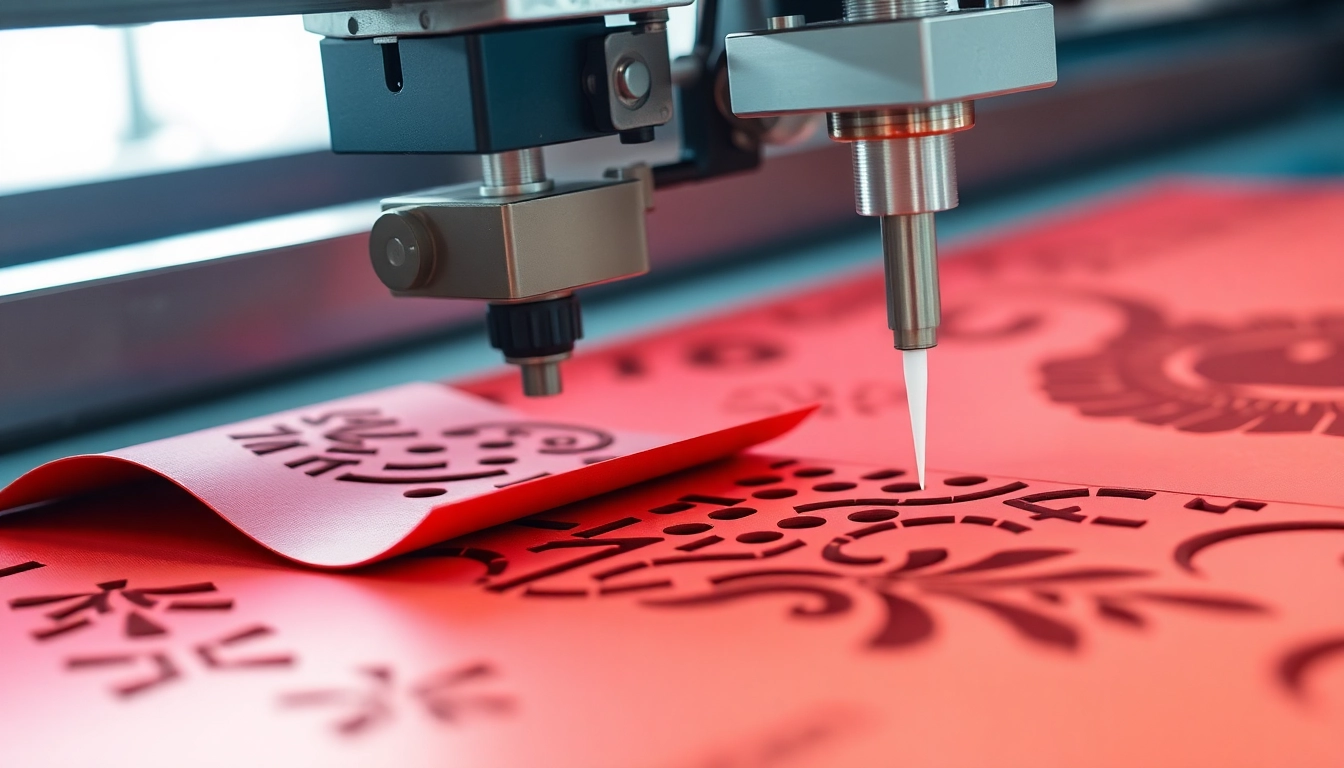
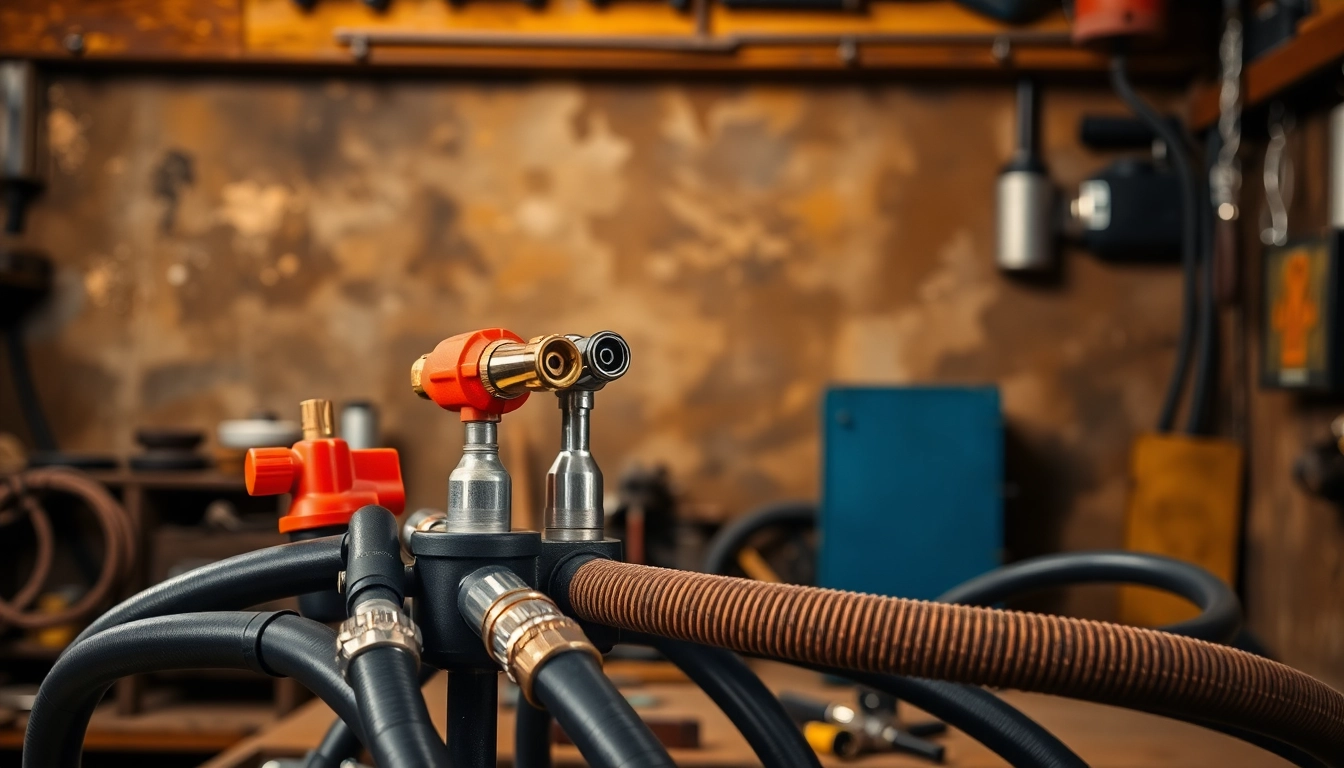

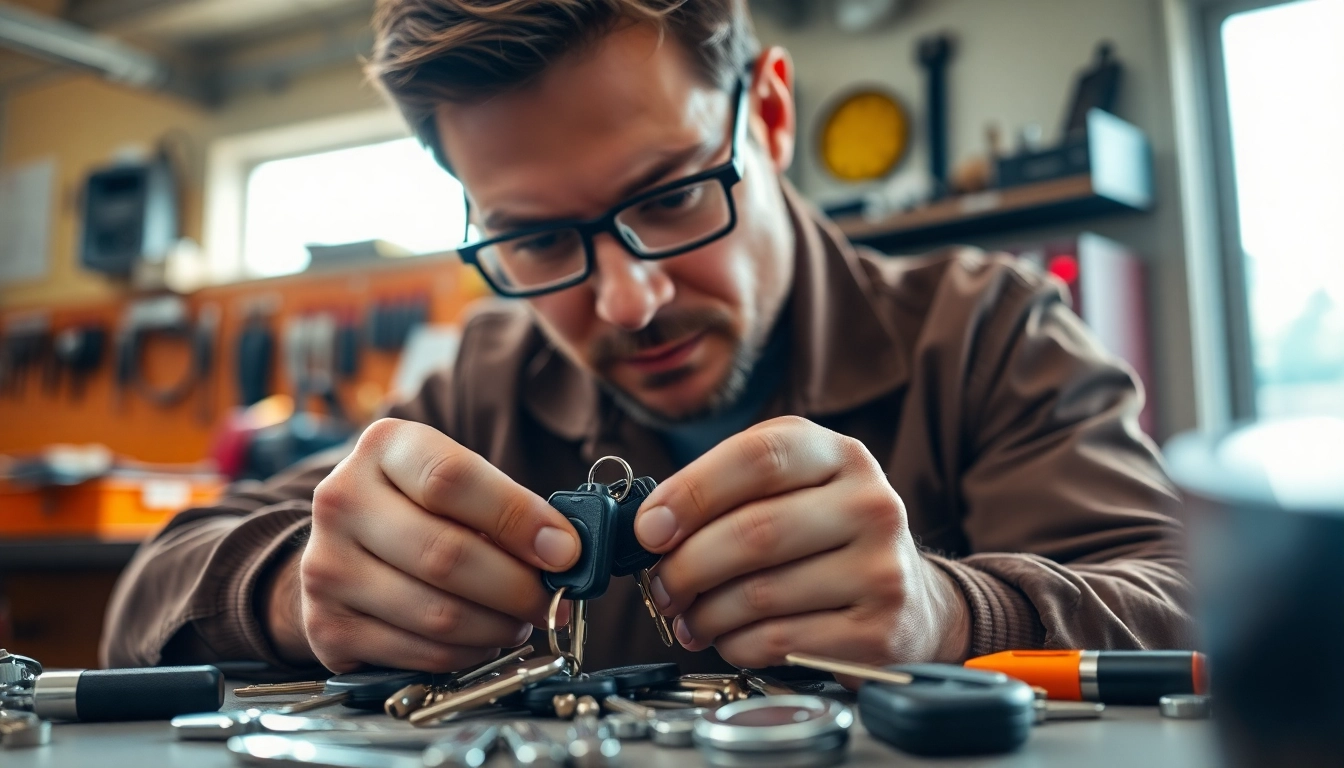


Leave a Reply